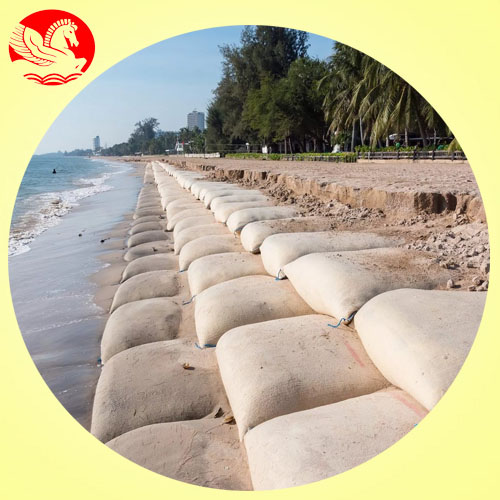Sandbag Price, Textile Bags, and Geotextile Bags
Sandbags are versatile and essential tools for various purposes, from flood control to construction projects. In this article, we will delve into the world of sandbags, exploring their significance, the different types available, factors affecting their prices, and the eco-friendly alternative of textile bags.
Introduction
Sandbags are simple yet effective tools, primarily consisting of a bag filled with sand or soil. They are widely used for temporary construction, flood control, military fortifications, and even in sports training. Their versatile nature and practicality make them a valuable resource.
Understanding the Importance of Sandbags
Sandbags are crucial in flood control, as they can be easily stacked to create barriers that redirect or absorb water. They are also employed in construction projects to provide temporary support or ballast for various structures. Their weight and stability make them ideal for such tasks.
Different Types of Sandbags
Traditional Sandbags: These are made from woven polypropylene or burlap and are the most common type available.
Tubular Sandbags: These are cylindrical bags designed for use in preventing erosion along riverbanks and coastlines.
High-Strength Sandbags: Manufactured using specialized materials, they offer superior durability and weight-bearing capacity.
Geotextile Bags: A Specialized Option
Geotextile bags are a specialized variety of sandbags designed to meet specific construction and environmental needs. These bags are made from high-quality geotextile fabric, offering enhanced resistance to UV rays and harsh weather conditions.
Factors Affecting Sandbag Prices
The price of sandbags can vary significantly due to several factors:
Material: The type of material used for the bag can greatly influence its cost.
Size: Larger sandbags will generally cost more than smaller ones.
Quantity: Buying in bulk often leads to cost savings.
Special Features: Some sandbags come with reinforced handles or UV protection, which can affect the price.
Where to Buy textile bags
You can purchase sandbags from various sources, including local hardware stores, construction supply shops, and online retailers. It's essential to consider your specific needs and budget when choosing a supplier.
Tips for Buying Geotextile Bags
When buying sandbags, keep these tips in mind:
Assess the quality of the material.
Choose the right size and quantity.
Look for special features if needed.
Compare prices from different suppliers.
How to Properly Fill Sandbags
Filling sandbags requires attention to detail. Here's a step-by-step guide:
Select the Right Sand: Choose clean, dry sand or soil.
Prepare the Bags: Ensure they are in good condition without holes or tears.
Fill Them Correctly: Overfilling or underfilling can affect their effectiveness.
Seal the Bags: Fold the top and tie it securely.
Uses of Sandbags
Sandbags have diverse applications:
Flood control and prevention
Erosion control along riverbanks
Temporary barricades in construction
Ballast for tents and temporary structures
Military fortifications
Weighing down objects during outdoor activities
The Eco-Friendly Option: Textile Bags
For those looking for a sustainable alternative, textile bags are worth considering. These bags are made from eco-friendly materials and offer durability and versatility. They can be used for various purposes, including gardening, storage, and shopping.
Conclusion
Sandbags are indispensable tools with a wide range of applications. Understanding their types, prices, and proper use can help you make informed choices. Additionally, the eco-conscious option of textile bags provides a sustainable alternative for various purposes.
Frequently Asked Questions
1. How do geotextile bags differ from traditional sandbags?
Geotextile bags are specialized sandbags designed for construction and environmental needs. They are made from high-quality fabric and offer enhanced resistance to UV rays and harsh weather conditions, making them ideal for long-term use.
2. Where can I buy sandbags for flood control?
You can purchase sandbags from local hardware stores, construction supply shops, and online retailers. It's essential to assess your specific needs and budget before choosing a supplier.
3. Are textile bags a sustainable alternative to traditional sandbags?
Yes, textile bags are eco-friendly and sustainable. They are made from environmentally friendly materials and can be used for various purposes, making them an excellent choice for those looking to reduce their environmental impact.
4. How can I find the right size of sandbags for my project?
Choosing the right size of sandbags depends on your specific project needs. It's important to assess the weight-bearing capacity required and consider the available space for storage.
5. What is the best way to fill sandbags?
To fill sandbags properly, select clean, dry sand or soil, ensure the bags are in good condition, fill them correctly without overfilling or underfilling, and seal the bags by folding the top and tying it securely.


.png)
Comments
Post a Comment